A brushed Electronic Speed Controller (ESC), notable in the RC community as a brushed speed controller, is an integral component in the operation of radio-controlled (RC) models like cars, boats, and certain aircraft. This device is crucial as it regulates the power supplied to brushed motors, ensuring precise control over the model's speed and direction. The use of a brushed motor ESC is particularly prevalent in hobbyist and entry-level models due to its affordability and straightforward operation.
The opposite of these ESCs, brushed motors, are distinguished by internal brushes that help establish an electrical connection with the commutator, the revolving portion of the motor. Brushless motors are more complex than brushed motors; however, for brushed motors to run well, careful power control is necessary. This is where the brushed ESC comes in. The ESC provides precise control over the motor's speed through voltage and current adjustments; this capability is particularly crucial for models such as RC crawlers. For crawling over intricate terrain and obstacles, precise control of speed and torque is essential. A crawler ESC is a specialized type of ESC designed specifically for RC (radio-controlled) rock crawlers
Types of the Brushed Esc
Many brushed ESCs include extra features, including the ability to operate in reverse, which increases controllability and realism while operating the remote control model. A brushed ESC with reverse improves control overall and improves mobility in confined situations by enabling the vehicle to reverse. Additionally, in order to protect the electronics from any harm, these ESCs are built with a number of safety measures. Commonly installed overheat prevention keeps the ESC and motor from overheating when used over lengthy periods. Both overload protection and low voltage cut-off guard against the battery depleting below a safe level and prevent the motor from drawing more power than the ESC is capable of handling.
How to choose the brushed ESC?
Make sure that the brushed ESC (Electronic Speed Controller) chosen for the radio-controlled (RC) model is compatible with the brushed motor, especially with regard to voltage and current ratings. Taking into account the motor's current needs as well as the voltage of the battery pack, choose an ESC that can manage the motor's power requirements. The choice will depend on whether one has a racer or a crawler kind of RC model. Racing models can need ESCs that are tuned for speed, while crawler models need ESCs with precise throttle control. Think about which models really need an ESC with reverse capability, as this feature is very helpful for crawlers and RC vehicles.
In order to customize the driving experience, check if the setting calls for a BEC (Battery Eliminator Circuit) and consider programmable features that let the user adjust the braking force, throttle curve, and reverse speed. To avoid overheating damage, give priority to ESCs with thermal overload protection. The functionality and dependability of the ESC may be ascertained by selecting a recognized manufacturer and taking user feedback into account. With this thorough approach, one can be confident that the brushed ESC selected for the unique RC needs strikes a balance between longevity, compatibility, and performance.
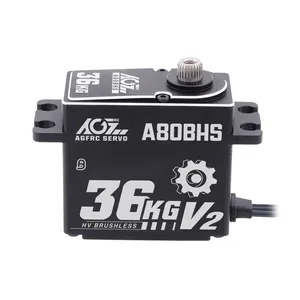




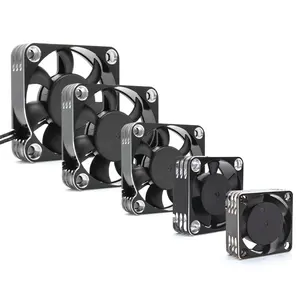
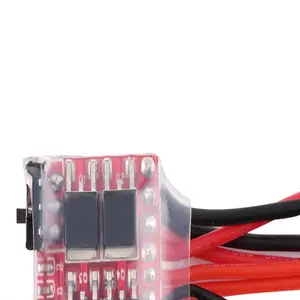












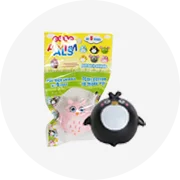

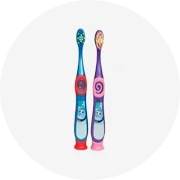
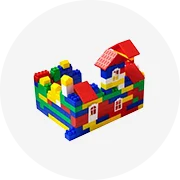




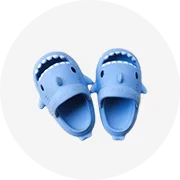


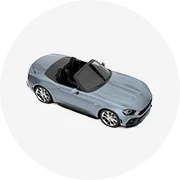









 浙公网安备 33010002000092号
浙公网安备 33010002000092号 浙B2-20120091-4
浙B2-20120091-4